Heading out the door? Read this article on the new Outside+ app available now on iOS devices for members! Download the app.
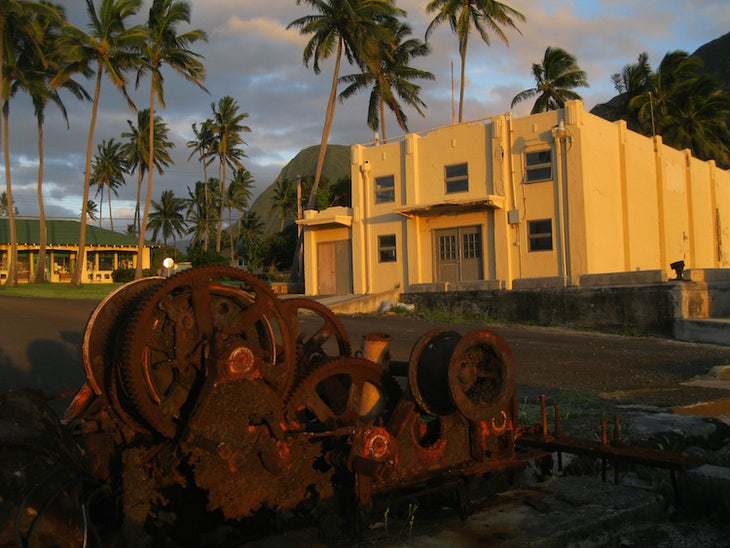
Accessible by mule, small plane or hiking 3.2 miles down the highest sea cliffs in the world, this remote peninsula is filled with natural splendor and human sorrow. A place of forced exile, Kalaupapa National Historical Park became the “home” and final resting place for more than 8,000 patients diagnosed with leprosy, or Hansen’s Disease, starting in the 1860s. The park allows a maximum of 100 visitors per day and advance permission is required, so plan accordingly. [photo: NPS]
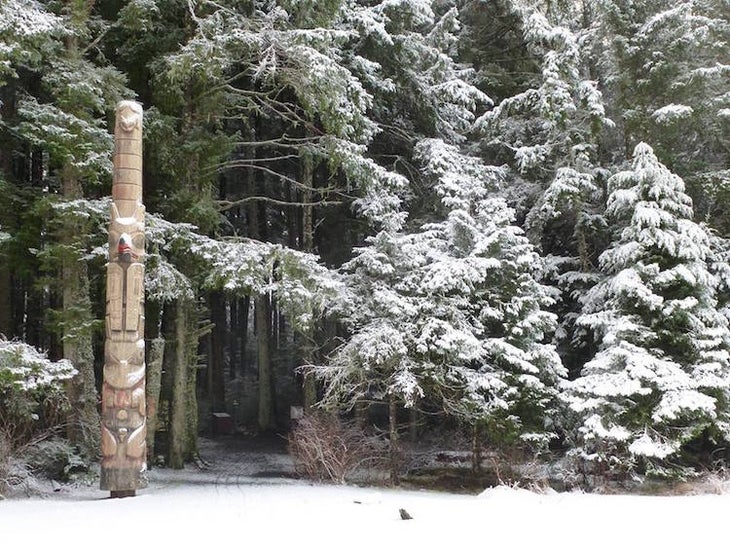
The state’s oldest – and smallest – federally designated park is easy walking distance from Sitka’s town center. Explore three miles of forested trails that skirt the sea with Tlingit and Haida totem poles dotting the way. [photo: NPS]
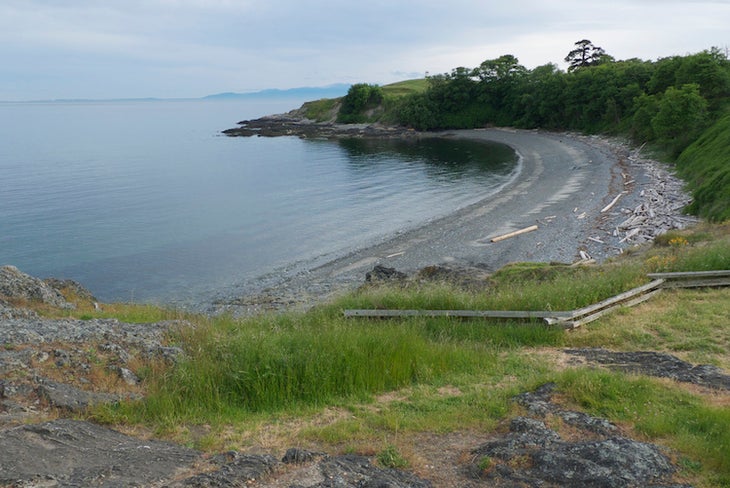
Soak up San Juan Island’s back-to-nature vibe during its less-crowded spring and fall “shoulder” seasons. Hike the 3-mile Mt. Finlayson trail at American Camp, where you can see Mt. Baker, Mt. Rainier, the Olympic Mountains and Vancouver Island. Or participate in land based whale-watching (SJI has one of the highest concentrations of orcas anywhere in the world). [photo: brad-darren / Flickr]
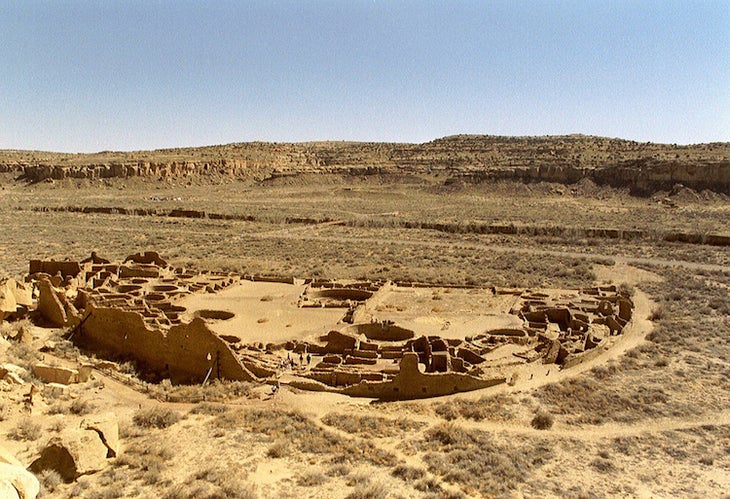
Chaco Culture National Historical Park, view on Pueblo Bonito
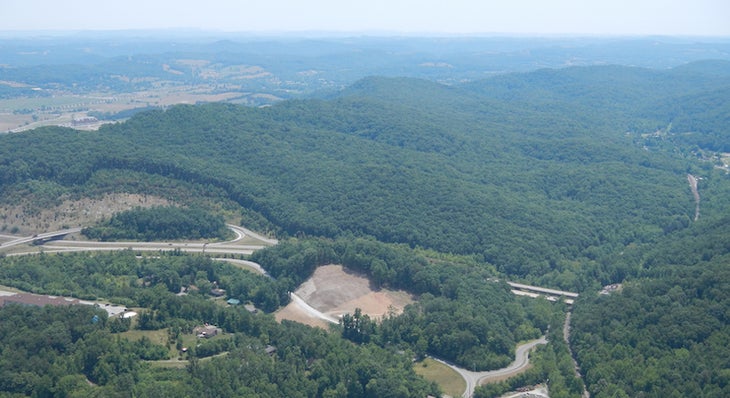
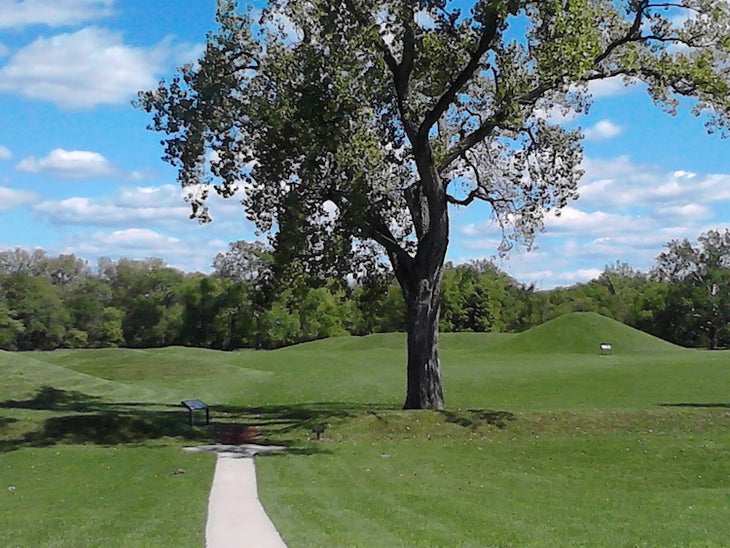
Venture along 1,200 acres of Ohio River Valley graced with earthen mounds and massive geometric enclosures built by Native Americans dating back nearly 2,000 years. [photo: jstephenconn/Flickr]
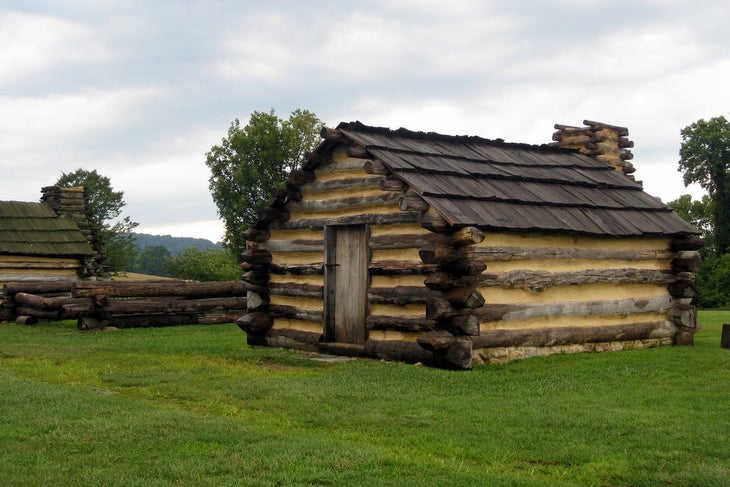
Hike, bike or ride horses along the grounds where General George Washington wintered with his troops in 1777-78. 28 miles of trails lace the rolling hills, ranging from easy footpaths to hilly terrains, like the hikes on Mount Joy and Mount Misery – 4.0 and 3.0 miles roundtrip respectively. [photo: wally / Flickr]

Walk, run or bike the grounds where our first colonists settled in the early 1600s. The 6-mile Jamestown Island Drive loop takes visitors through woods and marshes to one end of the island, then returns along the other side of the island. Since the route doubles as a one-way road, arrive early to avoid car traffic. Keep an eye out for more than 200 bird species, as well as deer, river otters, bald eagles and osprey. [photo: kenlund/Flickr]
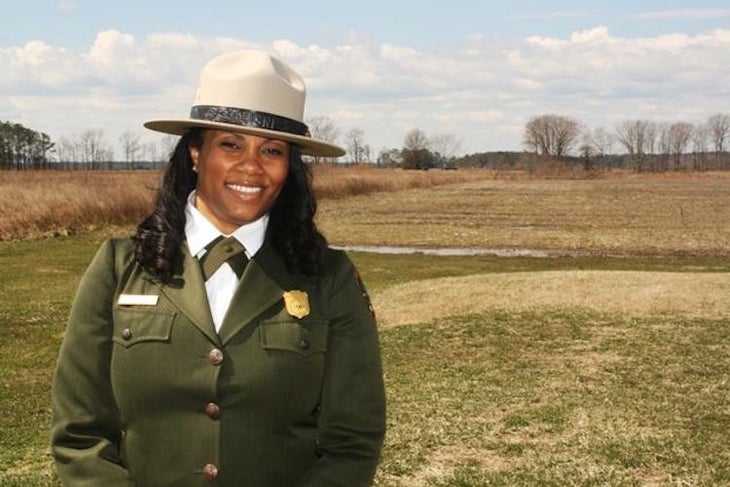
Born on Maryland’s Eastern Shore, Tubman spent nearly 30 years of her life as a slave before becoming a Union nurse, spy, guide and crusader for women’s rights. The recently established park (President Obama and the U.S. Congress made it happen in late 2014) is still a work in progress, but its historical significance can’t be overstated. [photo: NPS]
San Juan Island National Historic Park (Washington)
Soak up San Juan Island’s back-to-nature vibe during its less-crowded spring and fall “shoulder” seasons. Hike the 3-mile Mt. Finlayson trail at American Camp, where you can see Mt. Baker, Mt. Rainier, the Olympic Mountains and Vancouver Island. Or participate in land based whale-watching (SJI has one of the highest concentrations of orcas anywhere in the world).
Kalaupapa National Historical Park (Hawaii)
Accessible by mule, small plane or hiking a series of 26 switchbacks 3.2 miles down the highest sea cliffs in the world, this remote peninsula is filled with natural splendor and human sorrow. A place of forced exile, Kalaupapa National Historical Park became the “home” and final resting place for more than 8,000 patients diagnosed with leprosy, or Hansen’s Disease, starting in the 1860s. The park allows a maximum of 100 visitors per day and advance permission is required, so plan accordingly.
Sitka National Historical Park (Alaska)
Learn about the native cultures of Alaska at the state’s oldest – and smallest – federally designated park. Within easy walking distance of Sitka’s town center (and cruise port), explore three miles of forested trails that skirt the sea. Tlingit and Haida totem poles dot the way, linked with historical explanations. The park was the site of the Russian-Tlingit conflict known as the Battle of 1804. Be sure to check out the Russian Bishop’s House, an original 1843 log structure remaining from the Russian colonialization period in North America.
Harriet Tubman-Underground Railroad National Historical Park (Maryland)
Born on Maryland’s Eastern Shore, Tubman spent nearly 30 years of her life as a slave before becoming a Union nurse, spy, guide and crusader for women’s rights. The recently established park (President Obama and the U.S. Congress made it happen in late 2014) isn’t much of a hiking destination yet. It’s a work in progress – expect to see improvements in the coming years. For the time being, hike about an hour down the access road to the former home site of Jacob Jackson. A free African American man, Jackson helped Tubman communicate secretly with her family via code.
Valley Forge National Historic Park (Pennsylvania)
Hike, bike or horseback ride the grounds where General George Washington wintered with his troops in 1777-78. Twenty-eight miles of trails lace the rolling hills, ranging from easy footpaths to hilly terrains, like the hikes on Mount Joy and Mount Misery – 4.0 and 3.0 miles roundtrip respectively. Pay homage to the soldiers of the Continental Army who fought for our freedom at the National Memorial Arch.
Hopewell Culture National Historical Park (Ohio)
Venture along 1,200 acres of Ohio River Valley graced with earthen mounds and massive geometric enclosures built by Native Americans dating back nearly 2,000 years. Hiking options are somewhat limited within this sacred park, but the self-guided interpretive trail located at Mound City Group and the trail that circles the outer perimeter of the earthworks are both worth checking out.
Colonial National Historical Park (Virginia)
Walk, run or bike the grounds where our first colonists settled in the early 1600s. The 6-mile Jamestown Island Drive loop takes visitors through woods and marshes to one end of the island, then returns along the other side of the island. Since the route doubles as a one-way road, arrive early to avoid car traffic. Keep an eye out for more than 200 bird species, as well as deer, river otters, bald eagles and osprey. Wildflowers blossom everywhere in the spring, while fall months splash the trees with vivid red, orange and brown hues.
Cumberland Gap National Historical Park (Kentucky)
The Cumberland Gap, a passage through the Appalachian Mountains, is known as America’s first great gateway to the west. There are 85 miles of trails to explore, from short ¼-mile loops to the 21-mile Ridge Trail. Hike 1.2 well-maintained miles with about 1,990 feet of elevation change from the park’s visitor’s center to Tri-State Peak. There, you can plant your feet in Kentucky, Virginia and Tennessee at the same time. Or hike the Wilderness Trail, the same route Daniel Boone and a group of pioneers traveled west on in 1769.
Chaco Culture National Historical Park (New Mexico)
Plan to camp at least a few nights to make the most of the four backcountry hiking trails at this World Heritage Site. Built over 1000 years ago, the park is a proud cultural landmark of American Indian history. Explore acres of ruins, petroglyphs and canyon trails. For spectacular overlook views of Chacoan structures, hike 5.1 miles (roundtrip) on the Pueblo Alto Trail. Or, take in celestial bodies via volunteer-manned telescopes.